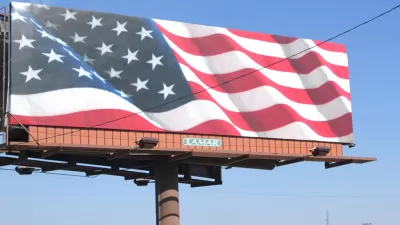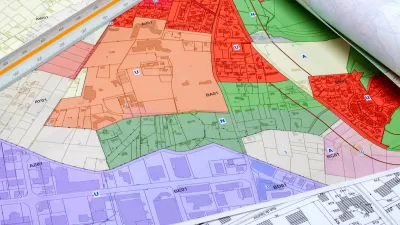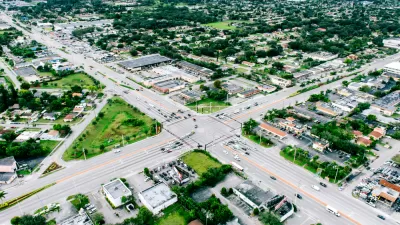Residents in towns around Pennsylvania are calling for regulations to better understand and mitigate the impacts of large digital and static billboards.

Michelle Bond reports: "Prompted by residents' complaints about the increased use of digital billboards, a state senator [Sen. Andy Dinniman (D., Chester)] announced Friday that he had introduced a bill that would toughen regulations on companies that want to erect the brightly lighted signs."
Under the proposed regulations, billboard companies would be required "to meet with representatives from PennDot and the proposed site's town." Moreover, "approval would be subject to hearings," reports Bond. The hearings would "address the sizes of proposed billboards; spacing and lighting; traffic and pedestrian safety; open space issues; and the potential impact on development rights and on residents living nearby."
Hat tip to Kevin Hunter.
FULL STORY: Pa. bill would toughen digital billboard regs

Maui's Vacation Rental Debate Turns Ugly
Verbal attacks, misinformation campaigns and fistfights plague a high-stakes debate to convert thousands of vacation rentals into long-term housing.

Planetizen Federal Action Tracker
A weekly monitor of how Trump’s orders and actions are impacting planners and planning in America.

Chicago’s Ghost Rails
Just beneath the surface of the modern city lie the remnants of its expansive early 20th-century streetcar system.

Bend, Oregon Zoning Reforms Prioritize Small-Scale Housing
The city altered its zoning code to allow multi-family housing and eliminated parking mandates citywide.

Amtrak Cutting Jobs, Funding to High-Speed Rail
The agency plans to cut 10 percent of its workforce and has confirmed it will not fund new high-speed rail projects.

LA Denies Basic Services to Unhoused Residents
The city has repeatedly failed to respond to requests for trash pickup at encampment sites, and eliminated a program that provided mobile showers and toilets.
Urban Design for Planners 1: Software Tools
This six-course series explores essential urban design concepts using open source software and equips planners with the tools they need to participate fully in the urban design process.
Planning for Universal Design
Learn the tools for implementing Universal Design in planning regulations.
planning NEXT
Appalachian Highlands Housing Partners
Mpact (founded as Rail~Volution)
City of Camden Redevelopment Agency
City of Astoria
City of Portland
City of Laramie





























